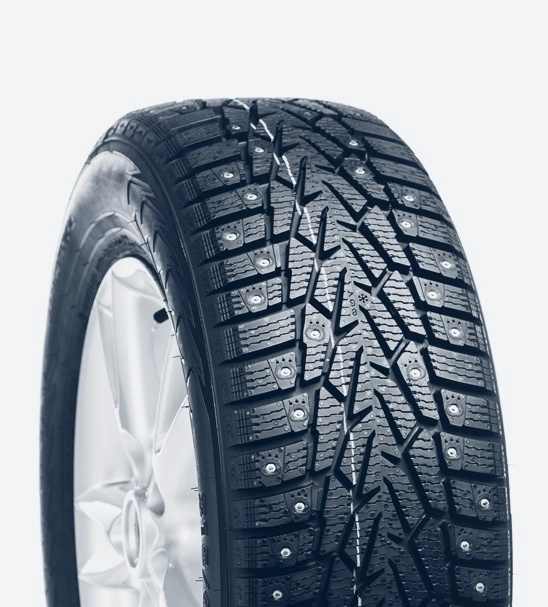High-Quality Transmission Seal Solutions | Durable & Reliable Seals
Understanding Transmission Seals Importance, Function, and Maintenance
Transmission seals are critical components in automotive and machinery systems, playing a vital role in ensuring efficient operation and longevity of the transmission unit. These seals are primarily designed to prevent fluid leaks, maintain the correct pressure within the transmission, and protect the internal components from dirt and debris. In this article, we will delve into the significance, functions, and maintenance of transmission seals.
The Importance of Transmission Seals
The transmission system in a vehicle is responsible for transferring power from the engine to the wheels, enabling movement. It operates in a high-stress environment where various fluids, such as transmission fluid, are necessary for lubrication and cooling. Transmission seals are essential in this context as they help maintain the integrity of these fluids, preventing them from leaking out and ensuring that the transmission operates smoothly and efficiently.
When transmission seals become worn or damaged, they can lead to significant problems, including fluid leaks. This not only results in the loss of essential transmission fluid but can also lead to overheating and eventual transmission failure. Regular inspection and maintenance of these seals can help prevent costly repairs and enhance the performance of the vehicle.
Functions of Transmission Seals
Transmission seals serve several functions, including
1. Leak Prevention The primary function of a transmission seal is to prevent the leak of transmission fluid. This fluid is crucial for lubrication, ensuring that moving parts operate smoothly and reducing friction.
2. Contaminant Barrier Seals act as a barrier against external contaminants such as dirt, dust, and moisture. Keeping these impurities out of the transmission system is critical for maintaining the integrity and longevity of internal components.
3. Pressure Maintenance Transmission systems operate under varying pressure conditions. Seals help maintain the necessary pressure, ensuring optimal performance during gear shifts and other operations that require precision.
transmission seal

4. Vibration Dampening Seals also help absorb vibrations, which can reduce wear on the transmission components and promote a quieter, smoother ride.
Maintenance of Transmission Seals
Maintaining transmission seals is crucial for the overall health of the transmission system. Here are some tips for ensuring their longevity
1. Regular Inspection Periodically check for any signs of wear, cracks, or deformation in the seals. Early detection of seal failure can prevent more extensive damage to the transmission system.
2. Fluid Level Checks Regularly check the transmission fluid level and condition. If you notice any leaks or if the fluid appears discolored or contaminated, it may indicate a problem with the seals.
3. Proper Installation If you are replacing transmission seals, ensure they are installed correctly. Improper installation can lead to premature failure and costly repairs.
4. Professional Service Consider having a professional mechanic inspect the transmission system periodically. They can identify potential issues with seals or other components before they escalate.
Conclusion
In conclusion, transmission seals are essential components that ensure the efficient functioning of the transmission system in vehicles and machinery. Their ability to prevent leaks, block contaminants, maintain pressure, and absorb vibrations directly impacts performance and longevity. By prioritizing regular inspection and maintenance, vehicle owners can safeguard against costly repairs and enhance their driving experience, making transmission seals a crucial aspect of automotive care.
-
The Ultimate Guide to Boat Propeller Bearings and Trailer Wheel Bearings
News Jul.31,2025
-
The Essential Guide to Marine Bearings and Boat Trailer Wheel Bearings
News Jul.31,2025
-
The Complete Guide to Heavy Duty Seals: Protecting Doors and Spaces Efficiently
News Jul.31,2025
-
Essential Guide to Marine Shaft Bearings and Boat Trailer Axle Bearings
News Jul.31,2025
-
Comprehensive Guide to Marine and Trailer Bearings for Safe Boating and Transport
News Jul.31,2025
-
Comprehensive Guide to Automotive Oil Seals: Protecting Your Engine and Shafts
News Jul.31,2025
-
Understanding Automotive Oil Seals: Essential Components for Engine and Shaft Protection
News Jul.30,2025
Products categories















